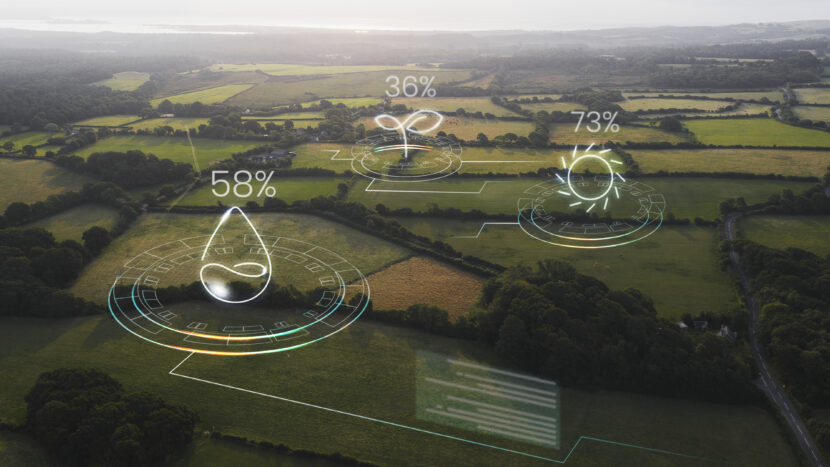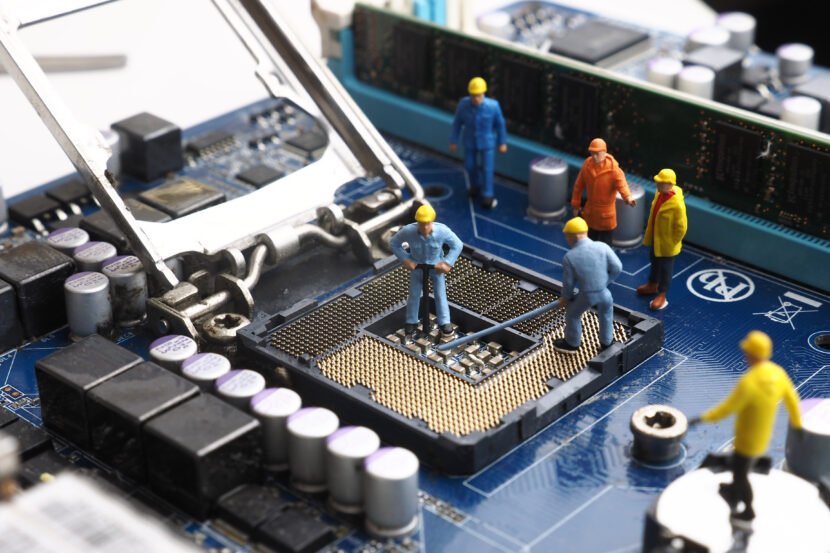Static devices such as televisions or laptops can easily piggyback off a local Wi-Fi connection. But IoT devices and M2M (machine-to-machine) communication systems cannot rely on similar modes of connectivity. This is where Low Power Wide Area (LPWA) Networks play a vital role.
Are you considering LPWA for your IoT connectivity? Sign up for to benefit from our whitepapers, webinars, e-books and more.

LPWA networks are a type of wireless telecommunication. Designed for low-power, long-range communication between connected objects.
The technology uses less power compared to other networks such as Wi-Fi. Compared to Bluetooth or NFC, it also offers enhanced network coverage, with the ability to communicate over greater distances, sometimes up to 1,000 km/600 miles.
Consider a rural agricultural farm. Connectivity in such areas prove difficult as it. But imagine being able to consistently track environmental conditions. Monitor rainfall, soil moisture and even produce inventory levels without ever leaving your desk. Saving you hours of time and manpower in the long run.
LPWA technology has grown in popularity by lowering costs and extending battery life for IoT devices and applications. Here are some options to consider for your IoT rollout.
LoRaWAN
Long Range Wide Area Network (LoRaWAN) was created in 2009. It’s primary goal to develop a long range, low power modulation technology. A key benefit of LoRaWAN is the protocol is the open standard. This means that specifications are public, without restrictions to development and implementation.
There are three types of devices (A, B and C) with increasing levels of end-device power consumption. Class ‘A’ uses the lowest power with communication initiated only by end device. ‘B’ offers regularly-scheduled timings end device communication. Class ‘C’ uses the most power as it keeps a receiver open at all times.
The downside of LoRaWAN is it operates on unlicensed frequency bands that vary from country to country. With unlicensed radio bands, users lack control over bandwidth. This means LoRaWAN customers do not have priority even if other users are hindering them.
Sigfox
Sigfox is a proprietary LPWA network that offers long distance coverage, but with a low data transfer rate. It uses the same star network topology as LoRa and can theoretically communicate over distances up to 30+ miles/50 kms.
However, Sigfox devices have limited communication back to the device. This makes it a poor choice for applications requiring bidirectional communications. Each uplink message also has a maximum payload of 12-bytes, inhibiting any firmware updates. Similar to LoRaWAN, Sigfox also operates on an unlicensed frequency (868 MHz or 902 MHz bands). This leaves Sigfox users exposed to the same bandwidth challenges.
Moreover, the only way to purchase and operate the technology suite is through Sigfox. This overreliance might turn into a liability should the company run into turbulent times as it has before.
Cellular-based technologies
In addition to LoRaWAN and Sigfox, Cellular IoT options like LTE-M and NB-IoT fill in market gaps in the constant search for better low-power, long-range applications. Cellular-based technologies, like LTE-M, NB-IoT are also more secure considering they piggyback on the authentication of the existing network.
LTE-M/CAT-M1
Long-Term Evolution Machine Type Communication (LTE-M) is also known as LTE CAT-M1. The 3rd Generation Partnership Project (3GPP) publishes standards for the technology for M2M and IoT applications.
LTE-M technology is fully compatible with existing LTE networks. This means operators and enterprises do not have to invest in new connectivity hardware. LTE-M was also designed to minimize power usage. You can connect directly to a 4G network while on batteries. In most cases, it also eliminates the need for a gateway. Sensor data can be directly sent to a primary server, without needing a gateway to aggregate it first.
Compared to LoRaWAN and SigFox, LTE-M also supports voice functionality (VoLTE).
LTE-M, however, is more expensive because several large players and carriers like Ericsson, ASUSTek, Datang, Orange, Sony and others have patents on the underlying technologies. If you are considering LTE-M connectivity, remember to factor in royalties paid to these companies for use of their intellectual property.
NB-IoT/CAT-M2
Narrowband Internet of Things (NB-IoT) is also referred to as CAT-M2. It’s standards also stem from 3GPP and shares similar goals to that of Cat-M1 but with increased efficiencies.
NB-IoT is meant for ultra-low complexity devices that require very narrow bandwidths. Because of this, it is more cost effective than LTE-M with better optimized network architecture and improved indoor coverage.
A key issue with NB-IoT is that it uses DSSS modulation instead of LTE radios to reduce signal interference, meaning providers have a higher upfront cost to deploy. A quick cost-benefit analysis will help you decide whether deployment cost or patent licensing better fits your IoT project budget.
Finally, if you are looking for additional options, here are more LPWA technologies in various stages of development or rollout include:
- DASH7
- Weightless
- GreeOFDM
- Symphony Link
- ThingPark Wireless
- WAVIOT
If you’d like to explore your LPWA options further with us, click here to book a meeting now. Otherwise, read more about our secure cellular IoT connectivity solutions here and here.













Leave a Reply